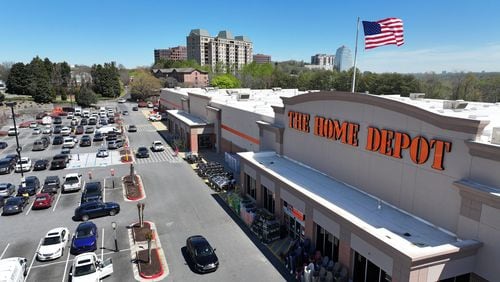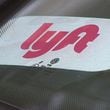MARTA officials have found a novel resting place for some of their old rail cars: the bottom of the sea.
The state Department of Natural Resources has asked to use some of MARTA’s old cars to create artificial reefs off the Georgia coast. The MARTA board of directors recently approved a $2.1 million contract for a firm to dismantle up to eight cars and prepare them for Davy Jones’ locker. There they’ll become habitat for sea creatures.
It’s not the first time that transit vehicles have been used to create artificial reefs. More than 2,500 New York subway cars have been placed in the Atlantic, including some along the Georgia coast.
Richard Thomas, MARTA’s director of sustainability, told the board of directors that divers found algae, invertebrates and fish among the New York cars after just three months.
Kinksharyo International will dismantle two unused MARTA rail cars this summer. The firm will strip them for parts and remove oil, grease and solvents. It will recycle what it can, leaving the shells of the cars to be transported to Savannah.
The DNR will help ship the cars and hire a barge to dump them at an appropriate location.
If all goes well, six more unused rail cars would be prepared for “reefing” next year. And MARTA will have plenty more available in coming years, if needed. The agency is replacing 254 rail cars through 2028.
MARTA Chief Financial Officer Raj Srinath told the board that obsolete rail cars generally are sold for scrap. Usually, the proceeds are enough to cover the agency’s disposal costs, but sometimes they’re not.
About the Author







